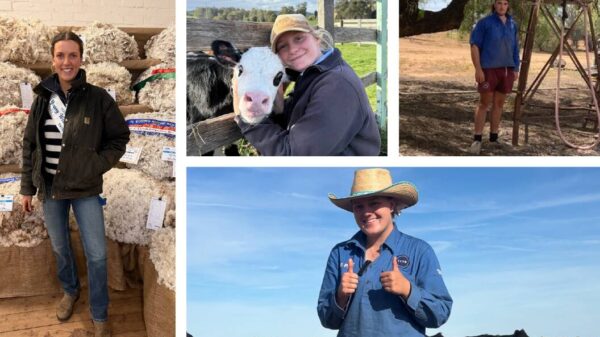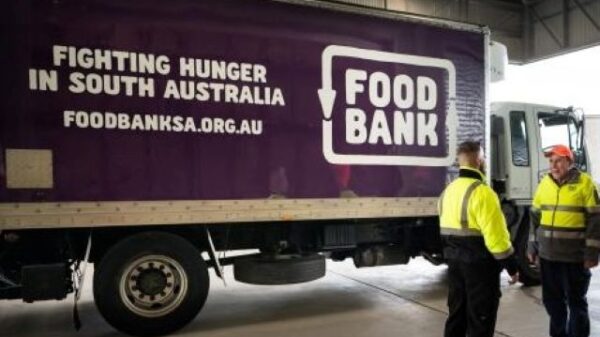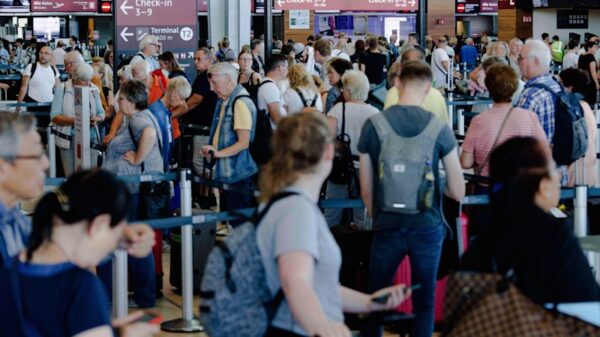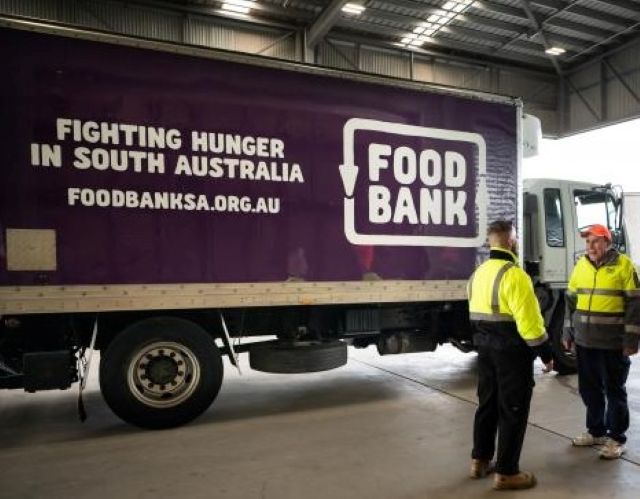UPDATE: The latest 2025 Foodbank Hunger Report reveals a troubling rise in food insecurity among Australians, with 3.5 million people affected over the past year. The report indicates that 20 percent of these individuals are experiencing severe food insecurity, which includes skipping meals and going days without food. This marks a 1 percent increase from last year, signaling that the progress made previously has not been sustained.
In Victoria, the crisis is particularly acute, with 31 percent of metropolitan households facing food insecurity. Vulnerable groups are seeing even higher rates; for instance, 46 percent of single-parent households are now severely food insecure, up from 41 percent in 2024. Similarly, 48 percent of renters and those on low incomes are struggling to maintain food security levels.
The report highlights the immense pressure of the rising cost of living, compounded by changes in the housing market. Many households, particularly those most vulnerable, are reducing their purchases of essential items like fresh produce, protein, and dairy. Despite growing awareness of food relief services, access rates have not improved, according to Foodbank.
OzHarvest, a leading food rescue organization, reports that 77 percent of the charities they support have seen a significant increase in demand over the past year, with 31 percent of clients being new to these services. This urgent need has led organizations like the Casey North Community Information and Support Services (CNISS) to appeal for donations, as their food relief pantry is nearly empty.
Helen Small, CEO of CNISS, expressed her alarm, stating, “I have never seen the pantry this bare. People used to get a bag of food a couple of times a week; now they’re needing one a day.” The stigma surrounding food assistance remains a substantial barrier, with 45 percent of individuals citing embarrassment and 35 percent believing others are more deserving of help.
Christine Crowley, OzHarvest’s Melbourne manager, emphasizes the organization’s commitment to breaking down these stigmas. “We are dedicated to upholding the values of dignity and respect in all our interactions,” she said, noting the compassionate support provided by their food rescue drivers.
The report also identifies systemic barriers, such as lack of transport and the costs associated with public transport, that hinder access to food relief services. In response, the Casey Council has pledged to address the root causes of food insecurity by collaborating with local relief organizations like Transit Soup Kitchen and CNISS. They have promised support through funding emergency relief programs and assisting relief providers in recruiting more volunteers.
As the situation develops, all eyes are on local authorities and organizations working tirelessly to meet the increasing demand for food assistance. The urgency of this situation cannot be overstated, as millions of Australians face the looming threat of hunger. Stay tuned for more updates as this critical issue unfolds.


































































